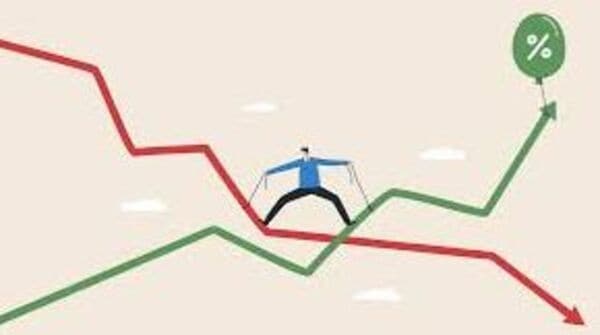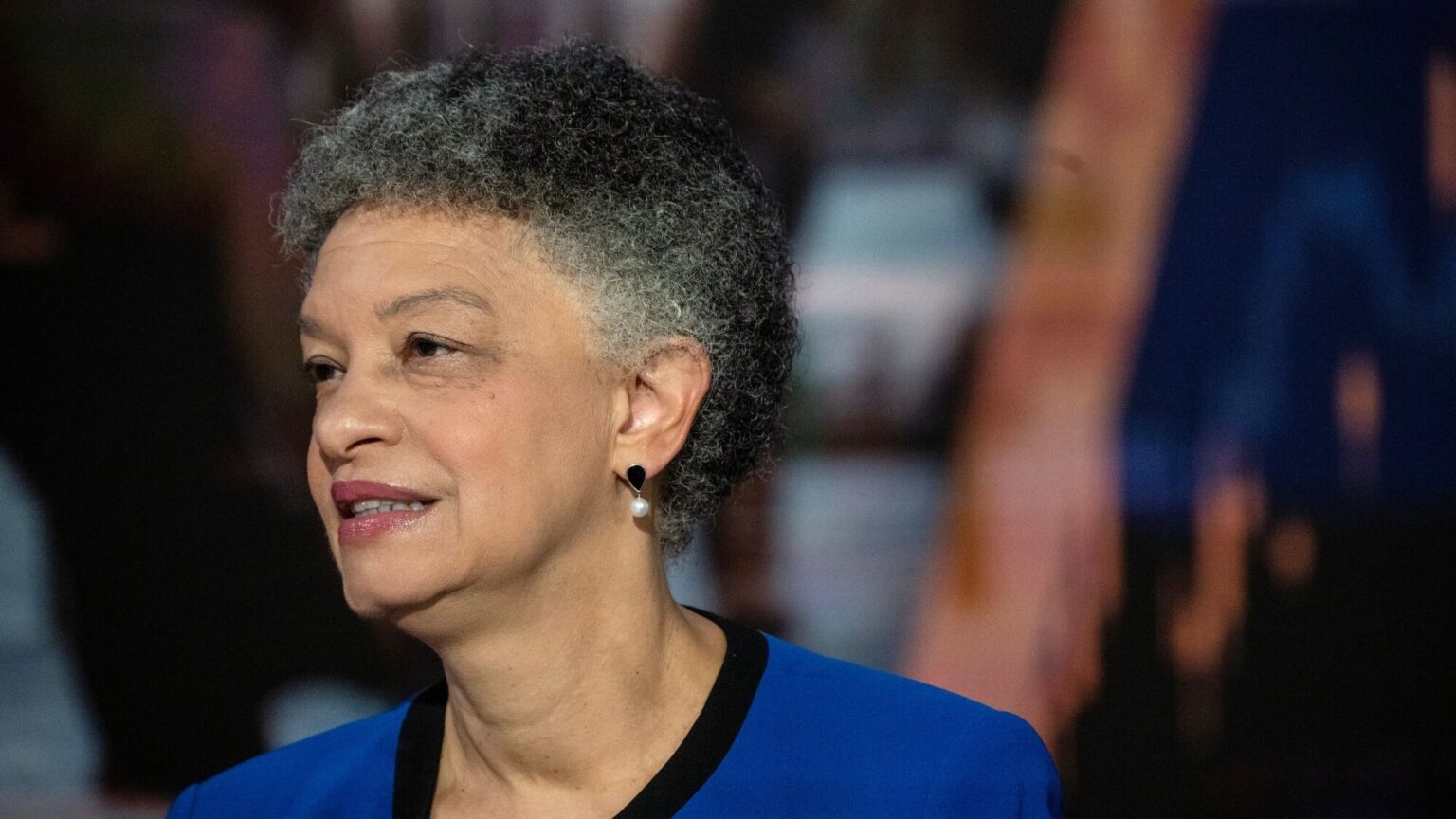The Federal Reserve’s policy-setting Federal Open Market Committee (FOMC) will see changes in its voting members in 2025, as its annual rotation brings new regional Federal Reserve Bank presidents to the table. This rotation could influence decisions on interest rates and monetary policy, especially amid economic uncertainties.

Source:- bbc news
The FOMC consists of 12 voting members: the seven members of the Board of Governors, the New York Fed president (a permanent voter), and four regional Fed presidents serving on a rotating basis. In 2025, the regional Fed presidents from Chicago, Richmond, Atlanta, and Cleveland will gain voting rights, replacing their counterparts from Boston, Philadelphia, Dallas, and Minneapolis.
Source:- news 18
Key to watch is how the new voters’ policy stances align with Chair Jerome Powell’s views. Historically, some regional Fed presidents have been more hawkish, favoring tighter monetary policy to curb inflation, while others are more dovish, advocating for looser policies to support growth. For instance, the Chicago Fed’s new leadership may lean more dovish, while Richmond’s representative often brings a hawkish perspective.
The composition of the FOMC can significantly influence the direction of monetary policy, as voting members decide on key issues like interest rate hikes or cuts, asset purchases, and measures to address inflation. With the global economy facing uncertainties such as inflationary pressures, financial instability, and geopolitical risks, these shifts in voting dynamics will be critical.
Markets and analysts will closely monitor the new voters’ speeches and policy outlooks to gauge potential changes in the Fed’s approach. The evolving FOMC composition highlights the importance of diverse perspectives in shaping U.S. monetary policy during challenging economic times.
Share your views in the comments

